Ingredients
Jam jars or similar containers | water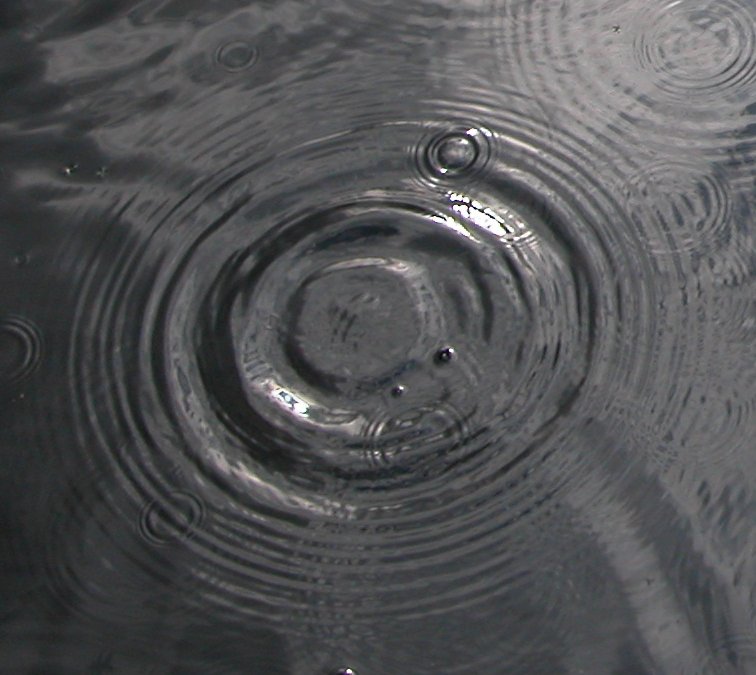 | ||
mud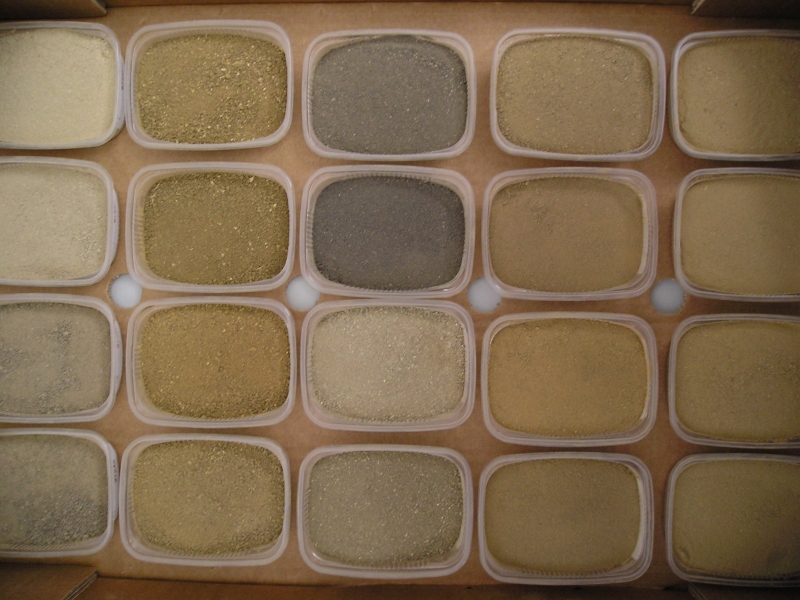 | some fabric - a sock works well | ||
kitchen paper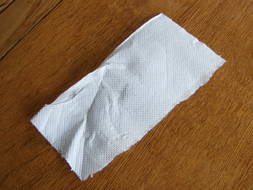 | a funnel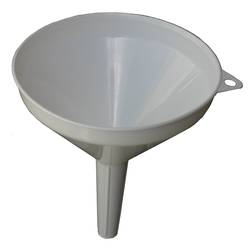 | ||
sand |
Instructions
Try out various different types of filter and see how well they work. There are lots of different features of a filter which are important, but two main ones you want to think about are: what it filters out and how fast it does it.
Make up a good test mixture by mixing some mud in water
Here are some filters you might want to try:
A sock - just stretch it over a jam jar and pour your mixture through it.
Kitchen Roll - fold it into quarters and then put it into a funnel, so that you are pouring the liquid into one of the 3 quarters.
Sand - essentially pour the liquid through a lot of sand. One way of doing this is to use a funnel with kitchen roll to stop the sand falling through.
DON'T TRY DRINKING THE WATER, none of these filters will remove bacteria or other germs.
Result
When we did this, the sock certainly made the water cleaner, but not by any means clean:
| |
The filter paper worked better, in fact it started off not cleaning the water very well, but after a minute or so it seemed to filter the water much better. However it was very slow as it seemed to get blocked up by the mud...
| |
The sand and filter paper combination eventually worked as well as the filter paper, and it took much longer to block up.
| |
Explanation
Filters basically work like a sieve. When passing stuff through something with holes in it, lumps smaller than the holes will pass through, but larger lumps will get stuck. So the smaller the holes, the more the filter will be able to extract, but also the slower it will filter.
The reason that the filters tended to get better at cleaning the water over time, but get slower, is that the holes tend to get blocked by the lumps of material you are filtering out; this tends to leave smaller holes, so the filter gets more selective, but slower.
The sand has an advantage because it is three dimensional. This means that there are many more paths through the sand, so it is much harder to completely block it up.
Inside a commercial water filter
We had a look inside a commercial water filter. These work on a completely different principle and don't really sieve the water. The black particles are activated carbon, which is just charcoal with a very high surface area. This gives contaminants in the water a very large number of places to get adsorbed onto the surface. The white particles are an ion exhange resin, which absorbs charged ions from the water, such as calcium and carbonate ions (the source of hard water) and replaces them with H+ and OH- ions, which can then form H2O.
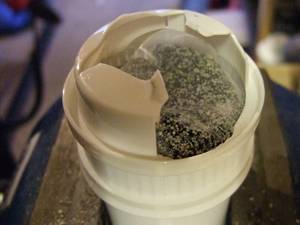 |  |
| There is a fine plastic mesh, holding in a sandy material made of black and white particles. | The black particles are activated carbon, and the white an ion exchange resin. |
- Previous Dancing Raisins
- Next Pepper's Ghost










Comments
Add a comment